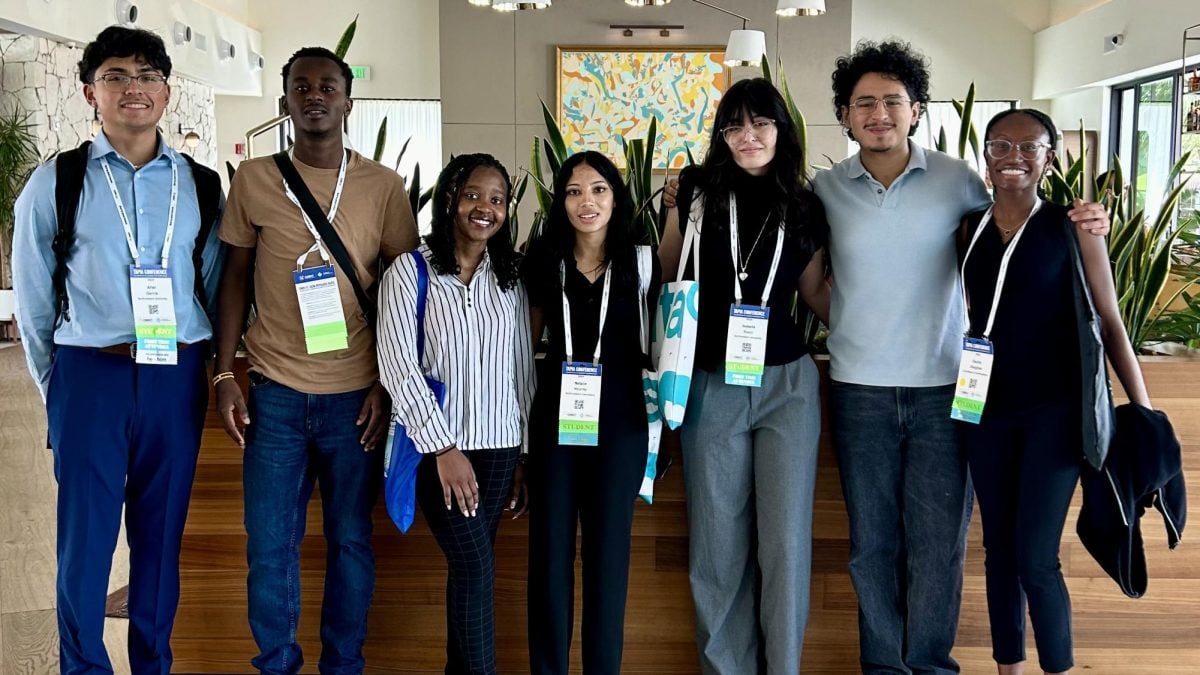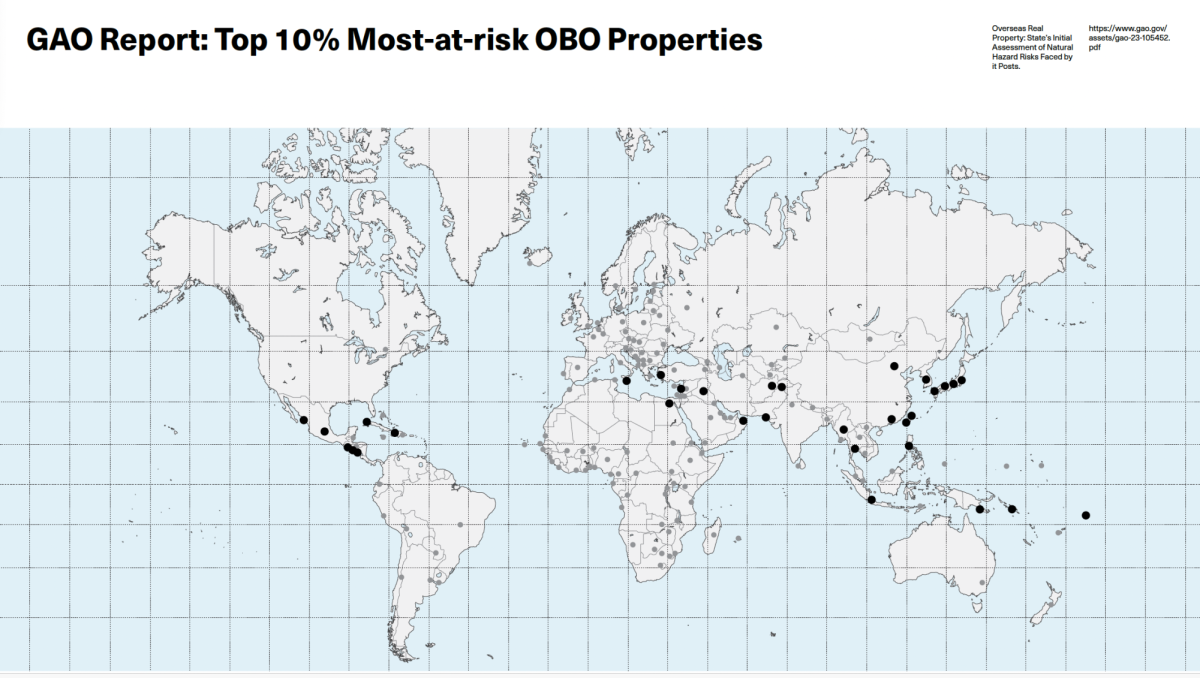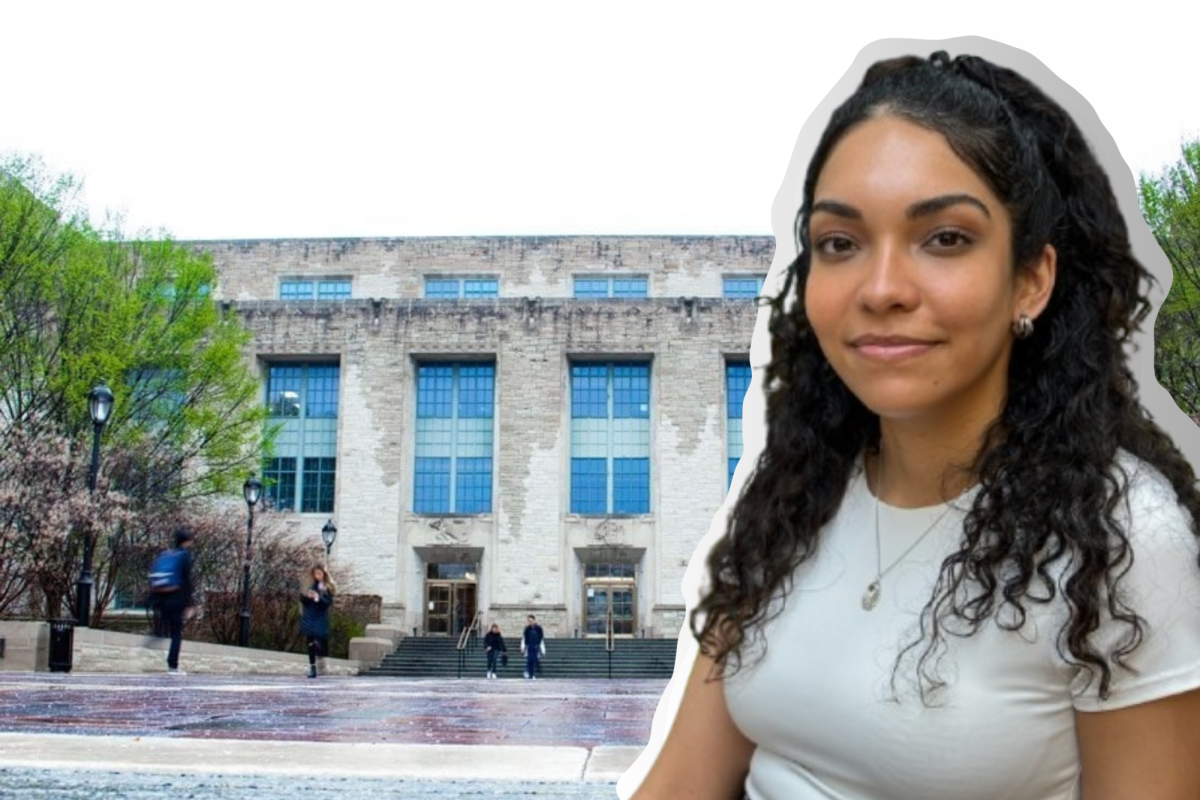The recent discovery of the Higgs boson is one of the most important scientific achievements made so far this century, and more than 100 students and community members gathered Wednesday to hear Northwestern professors and CERN researches discuss the finding.
CERN, the European Organization for Nuclear Research, is one of the world’s largest research organizations, focusing on the investigation of particle physics.
Prof. Michael Schmitt, who worked with Fermilab before joining the Compact Muon Solenoid experiment at CERN, explained the origins of the Higgs boson to the audience in the McCormick Auditorium in Norris University Center.
“All matter is made of fundamental particles,” Schmitt said. “What makes the Higgs so special is that it’s in a category all by itself. It has connections with bosons, force carriers and fermions, which carry matter.”
Schmitt said the resulting Higgs force field is unique because it is everywhere and exists even in a perfect vacuum where other forces do not.
“The Higgs particle is a bump that propagates in a Higgs field,” Schmitt said. “It’s like if you hit the top of a drum, and it reverberates. We measure those theoretical reverberations.”
CERN experimentalist Mayda Velasco described the procedure CERN uses to isolate and identify Higgs bosons.
“We take hydrogen atoms, take off an electron, then accelerate the resulting protons to 3000 times heavier than usual and collide them at different locations in the LHC (Large Hadron Collider), where the results are measured,” Velasco said.
The LHC is a massive, 27-kilometer long circular track 300 feet below the CERN laboratory in Geneva, Switzerland. Each piece of the LHC weighs between 100 and 2,000 tons and has to be lowered by crane. The detectors used in experiments are five stories high and have to record collisions with at least 99 percent accuracy to be useful.
Velasco, who works on the empirical side of LHC research, clarified how Higgs reactions are measured.
“Imagine two big laser beams colliding,” she said. “For every 10 to the 12th interactions, there are only 10 million interesting interactions and 100 Higgs reactions, and even among those, we have to find the cleanest, which are very, very rare. From that number, we get only two photons, or one interaction.”
Physics Prof. Frank Petriello, a theoretical particle physicist, explained how the nature of the Higgs boson is still unknown.
“There are aspects of the Higgs that puzzle us,” Petriello said. “Its mass was supposed to be much heavier, 100 million times heavier, than what we’ve actually measured. One theory about the reasons for this is called super-symmetry, but that might take a while to prove.”
Theorist and physics Prof. Andre de Gouvea illustrated the theory of super-symmetry.
“Super-symmetry tries to help us understand the new particle we’ve found,” de Gouvea said. “It also predicts other particles, which we should start seeing soon … within five to 10 years. Even if we don’t find anything else in the meantime, this experiment will tell us something.”
Petriello agreed, stressing the significance of the Higgs discovery.
“The Higgs boson is really special … something that will tell us how to construct physical theories,” he said. “It’s too early to tell what we can do with it. First, we need to measure its properties to see what we’ve found. Still, people predicted it, and now it’s finally been found. I think it’s a major achievement.”












